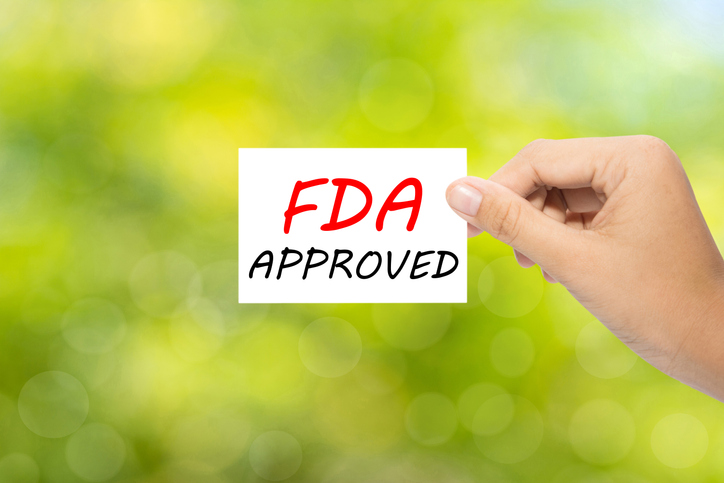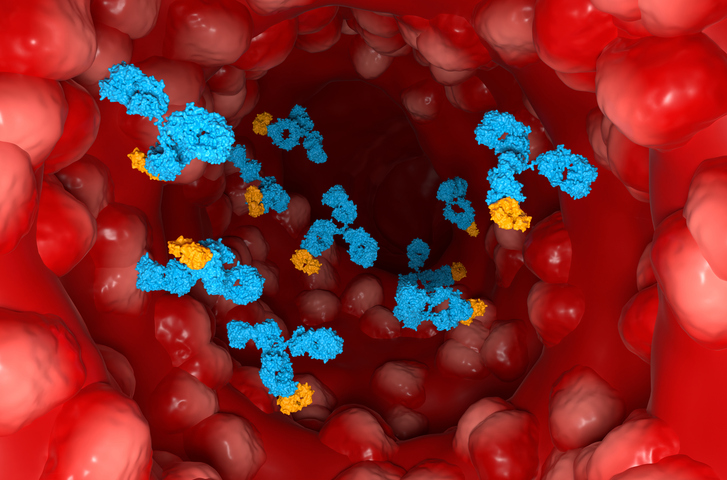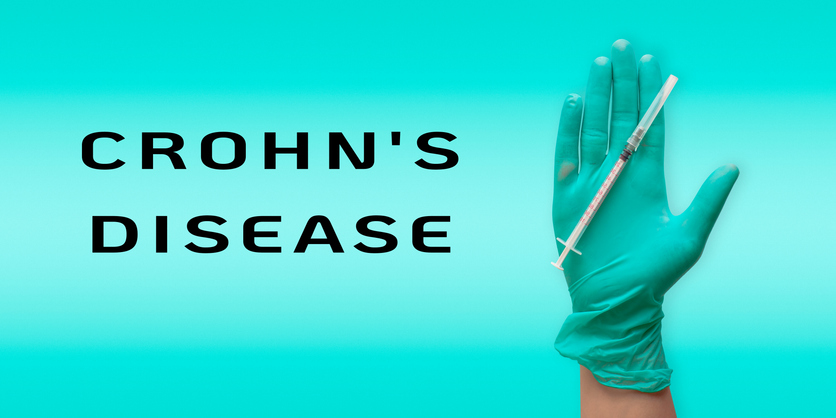
In two recent randomized, double-blind studies, pediatric patients with gastroenteritis did not benefit from probiotic Lactobacillus rhamnosus either alone or as a combination probiotic product.
In one study, final analysis included 943 acute gastroenteritis patients (mean age, 1.4 years; 52.9% male) who presented to one of 10 pediatric U.S. emergency departments (EDs). Patients were given either Lactobacillus rhamnosus GG or placebo twice a day for five days. Researchers followed up every day for five days, and then two weeks and one month after enrollment. The primary outcome was moderate-to-severe gastroenteritis as evaluated by the modified Vesikari scale (score ≥ 9) within two weeks after enrollment. Secondary outcomes included duration/frequency of diarrhea and vomiting, missed days of daycare, and household transmission rates.
Original Article: Multicenter Trial of a Combination Probiotic for Children with Gastroenteritis https://t.co/wkAG1zb6tw
Editorial: Probiotics for Children with Gastroenteritis https://t.co/3EMAzz9YGm
— NEJM (@NEJM) November 26, 2018
Two weeks after enrollment, 11.8% (n = 55/468) of Lactobacillus rhamnosus GG patients had a modified Vesikari score ≥ 9, compared to 12.6% (n = 60/475) of placebo patients (relative risk, 0.96; 95% confidence interval [CI] 0.68 to 1.35; P=0.83). The Lactobacillus rhamnosus GG and placebo groups did not have significant differences in duration of diarrhea (median, 49.7 hours in the L. rhamnosus GG group and 50.9 hours in the placebo group; P=0.26) or vomiting (median, 0 hours in both groups; P=0.17), missed daycare days (median, 2 days in both groups; P=0.67), or household transmission rates (10.6% and 14.1% in the two groups, respectively; P=0.16).
In children with acute gastroenteritis, twice-daily administration of lactobacillus probiotic for 5 days did not prevent the development of moderate-to-severe gastroenteritis within 14 days after enrollment. https://t.co/wkAG1zb6tw pic.twitter.com/QfJG6DV702
— NEJM (@NEJM) November 25, 2018
For the second study, gastroenteritis patients aged between 3 months and 4 years who presented to one of six pediatric EDs in Canada received either a combination probiotic product containing Lactobacillus rhamnosus and Lactobacillus helveticus (n = 414) or placebo (n = 413) for five days. The primary outcome of this study was the same, and secondary outcomes included diarrhea and vomiting duration, percentage of unscheduled physician visits, and occurrence of adverse events.
And this is an area in which we have the best evidence for probiotics…
Lactobacillus rhamnosus GG versus Placebo for Acute Gastroenteritis in Children | NEJM https://t.co/1zHxFDBmDq— Adam Cifu (@adamcifu) November 25, 2018
After two weeks, researchers observed moderate-to-severe gastroenteritis in 26.1% (n = 108/414) of probiotics patients and 24.7% (n = 102/413) of placebo patients (odds ratio [OR], 1.06; 95% CI, 0.77 to 1.46; P=0.72). Adjusted analyses did not show a significant difference in disease (OR, 1.06; 95% CI, 0.76 to 1.49; P=0.74). The probiotics and placebo groups did not differ greatly in duration of diarrhea (52.5 hours and 55.5 hours, respectively; P=0.31) or vomiting (17.7 hours and 18.7 hours, respectively; P=0.18), rate of unscheduled doctor’s visits (30.2% and 26.6%, respectively; OR, 1.19; 95% CI, 0.87 to 1.62; P=0.27), and rate of adverse events (34.8% and 38.7%, respectively; OR, 0.83; 95% CI, 0.62 to 1.11; P=0.21).
Restoring intestinal flora may improve outcomes in children with acute gastroenteritis. In this multicenter trial, the administration of lactobacillus for 5 days in children with acute gastroenteritis was not associated with clinical benefit. Read the full trial:
— NEJM (@NEJM) November 21, 2018
In both studies, the researchers concluded that gastroenteritis patients did not have better outcomes when given probiotics than placebo.
Is a #probiotic effective for treatment of pediatric #diarrhea? No, according to two large multicenter US/Canada-based RCTs of #lactobacillus published in @NEJM: https://t.co/s5x6MIS47E & https://t.co/J89DGoebHf. Congrats to Freedman, Schnadower, @adamcarllevine and others.
— Daniel T Leung (@GlobalGutHealth) November 26, 2018
Dear previous patients with gastroenteritis, Forget what I said about the yogurt. Multicenter Trial of a Combination Probiotic for Children with Gastroenteritis | NEJM https://t.co/Sdtkvmt17L
— bob dudas (@bobdudas) November 22, 2018
Epidermal growth factor receptor is a co-factor for transmissible gastroenteritis virus entry
Evolution of Salmonella within Hosts
Minimal capsid composition of infectious human astrovirus
Development of an infectious clone and replicon system of norovirus GII.4
Source: NEJM; Lactobacillus rhamnosus GG versus Placebo for Acute Gastroenteritis in Children, Multicenter Trial of a Combination Probiotic for Children with Gastroenteritis







 © 2025 Mashup Media, LLC, a Formedics Property. All Rights Reserved.
© 2025 Mashup Media, LLC, a Formedics Property. All Rights Reserved.